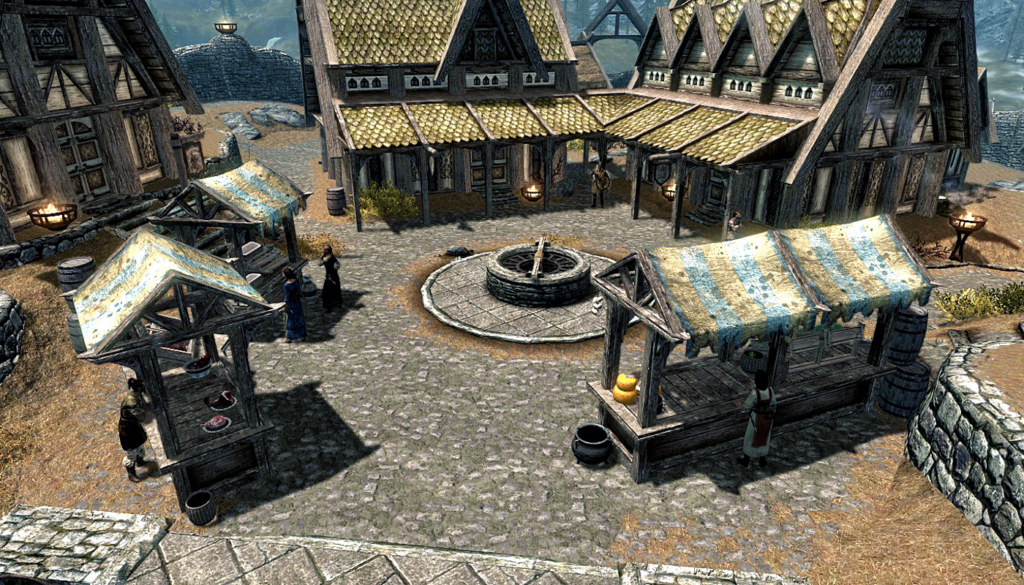All throughout high school I worked at an interior design firm. I worked both in the showroom and in the back, sorting fabric samples, cleaning glass, restoring pieces, etc. My least favorite part of the job wasn’t the hours of cleaning and organizing though, it was talking to customers. Mainly because all the customers at this place were snooty and rude and frankly very spoiled. Excluding the art curation and collection that was stored in the back and in several warehouses around town, everything in that store was overpriced, way way overpriced. The worst offender was these ugly as hell pillows. They were sized the same as the 10 dirham square pillows at Ikea, but these babies cost 600 USD a pop. FOR A PILLOW. It still blows my mind today. The rationalization is that they came from some valley somewhere in the mountain ranges somewhere in the Middle East, hand woven by the male lineage of some tribe who’s slowly going extinct. I get the import fees, but it still strikes me as exorbitant. The weirder aspect of this story was that you couldn’t even just buy the pillow, you had to do your homework on it. That crazy price tag came with a reading requirement(one full book on the weaving practice), descriptions of the seller and background(the woman who heads it is actually very nice, I met her in her warehouse in Brooklyn because of course that’s where she’s based), and attendance at a consulting session with the designers. These ridiculous pillows were a massive hit too, they sold out multiple times as word got out how hard they were to acquire.
The designers at the firm wanted to be sure that every piece that they placed in someone’s home was fully understood by the buyer. The pillows were some of the items that came with the most research, but everything bought through them was explained in great detail. Records were kept of every artist or firm or designer who had anything in their books, we’re talking names, schooling, statements, EVERYTHING. They’d even insist on giving their customers overviews of current and historical trends in design. It was their belief that if someone knew more about the origin and significance of what they were filling their homes with they would 1) be more willing to spend the big bucks and more importantly 2) be more fulfilled by the items presence. Knowing that that’s not just a mirror in your closet but it’s a piece of metal work originating from Mexico featuring a flower specific to that region makes the mirror seem more like art and less like, well, an ordinary mirror. The lesson the designers wanted to impart on their customers seemed to be that a personal space should be personal, whoever inhabits it should know each detail, each choice, each piece so well they can tell you a story no matter where they look too. It creates a greater appreciation for pieces as well as a desire for hints of intent and ergonomics in everything you place in your home. One of the lessons I took from that job is that when you understand the purpose of placement of what surrounds you, even if it’s purely artistic, you have a greater appreciation for your environment.
I definitely still practice that lesson today. I can tell you where everything in my room came from and why it’s there. On my desk there’s an angel with a turquoise heart my grandmother bought me in a street fair from an elderly woman who repurposed reclaimed wood found in arroyo’s, a sticker bearing the name of my hometown designed by a co-worker at a magazine, a wooden bowl I bought freshman year with my roommates from Ikea made of bamboo wood, and intermittently scattered bottles of perfume, photos, and nail polish, all arranged to form a U-shape so that it offers a more open look and makes the desk appear larger than it actually is. Typing that all out, I totally feel like Marie Kondo, but I get super anal about any arrangement I make. To me, the ideal environment offers control and curation, digital or physical. I may not spend $600 on a pillow, but I do spend a lot of time thinking about what I want in my living space. I know the placement tricks that will make my tiny dorm room look bigger than it actually is. I know how to fill white space and when to let it sit. I personally like environments where you can tell that everything was curated, even if you don’t know the exact reasoning behind it. And when you are aware of the minutiae of every piece(whether it’s a painting, a bowl, or even a exuberantly priced pillow) you appreciate the environment even more.
At both the homes of our clients and my bosses, you could almost feel how much effort went into every choice. Or it may have just been the fact that I was the one who sorted the architectural blueprints, paint swatches, furniture catalogues, design drafts etc. so I knew firsthand how much effort it took. Each room had distinctive color palettes, statement pieces, lighting picked to illuminate specific areas, art(textiles, hand blown glass, weaponry, folk and fine, portraits, and any and all else you can think of), hundred of tiny details that all merged together you’d never even notice each individual choice. Even the shape of the lightbulbs was something they’d take into account. That attention to detail always made movie sets stand out to me. Everything placed into a shot is put there for a reason. The items that surround characters are meant to subconsciously give you a closer look into their psyche. If a show’s camera focuses on papers strewn everywhere, you might conclude that the character is a struggling academic. Bright colors might indicate a character’s happy disposition, while stacks of take out boxes and mildew might say they are sad and slobbish after a devastating break up. What people choose to surround themselves with says a lot about them, whether we realize that or not.
I like seeing environments that people create for themselves. I don’t like when everything matches perfectly, think the furniture sets as freemium prizes for so many apps on your phone or the massive churn out of Pottery Barn and their ilk. I like going to someone’s home and feeling that they chose everything there for a reason. Dorm rooms here on campus often do the trick. You can really only bring a few things from home or lug a few things in from Ikea here, so what people have tells you a lot about them. It makes our rooms distinctive, it gives you a peak at what makes people feel comfortable when they excuse themselves from the general public. For me, an environment should tell you more about what lives there. The same rules apply in zoology after all. A crocodile has sharp teeth because it’s a predator, it’s eyes reston the top of it’s head so it can look out from the water, it’s coloring is to camouflage itself in its environment. Humans are still animals after all, and while our design choices aren’t so Darwinian as a crododiles, they can still tell you a lot about the corresponding curator of a space.












